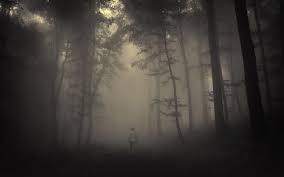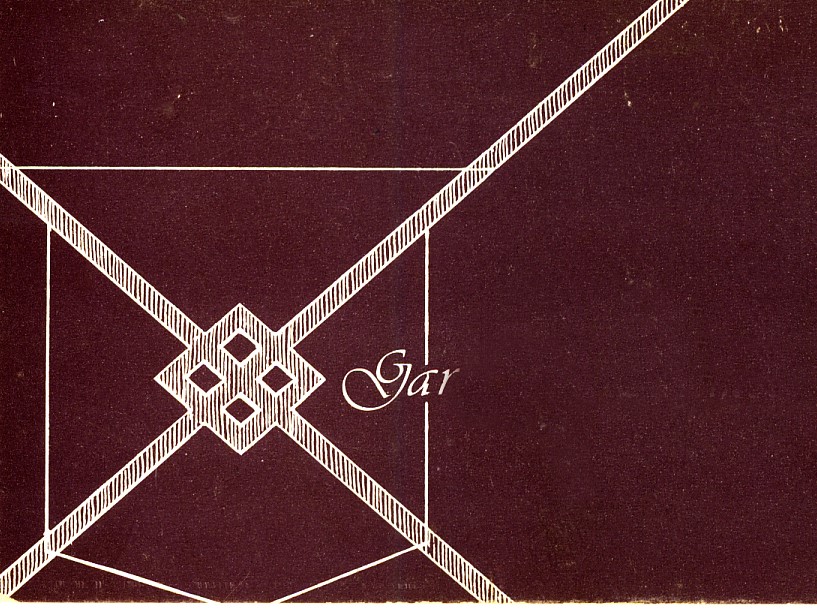Mood is just what it says; it evokes feelings in readers mostly through description. Mood is therefore buried in the setting; it’s part of the setting and setting surrounds readers with material that links the concrete world of things with the abstract world of feelings and ideas. Setting does this through the use of imagery, word choice, and tone, creating a kind of objective correlative, a linking of concrete image to abstraction. That’s how literature works.

When you read a novel that’s heavy on mood, you respond to the language in either a positive or negative way. And language can be very powerful when it’s used to establish mood in a text. Consider this passage from Hemingway’s A Farewell To Arms:
“Troops went by the house and down the road and the dust they raised powdered the leaves of the trees. The trunks of the trees too were dusty and the leaves fell early that year and we saw the troops marching along the road and the dust rising and leaves, stirred by the breeze, falling and the soldiers marching and afterward the road bare and white except for the leaves.”1[i]
That is powerful, almost poetic, mood-producing text. And it’s done with simple description, repetition, and the overuse of “and”. We all wish we could write like that just once in our lives.
Hemingway doesn’t tell you how to think or feel, he uses description to create mood, and that’s so much stronger than any telling would be. It takes an artist to pull off something like Hemingway’s opening in Book One of A Farewell To Arms. Most of us haven’t a hope of reaching that level of artistry.
Then there’s atmosphere. I’d like to look at that next.
[i] Hemingway, Ernest, A Farewell To Arms, Charles Scribner’s Sons, New York, 1948

2 replies on “Mood”
I see You’re actually a just right webmaster.
The website loading speed is amazing. It kind of feels that you are doing any unique trick.
Also, the contents are masterpiece. you have performed a magnificent activity
in this matter! Similar here: zakupy online and also here: Dobry sklep
Thank you for sharing this insightful article! I found the information really useful and thought-provoking. Your writing style is engaging, and it made the topic much easier to understand. Looking forward to reading more of your posts!